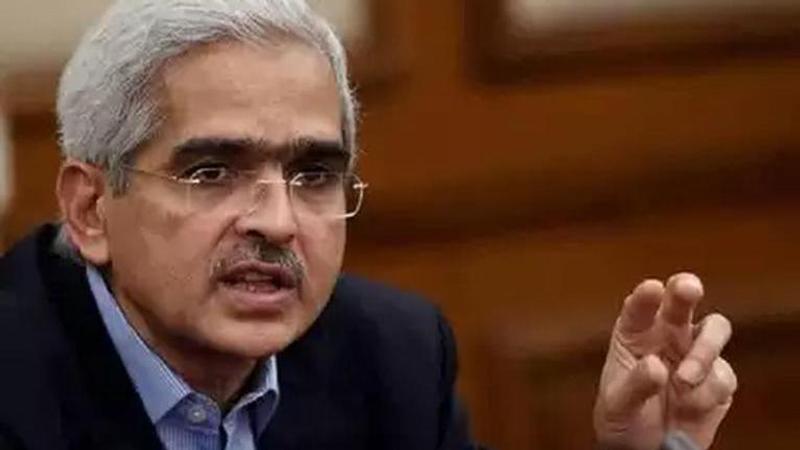Published 08:04 IST, March 31st 2020
RBI extends Fixed Rate Reverse Repo, MSF window for flexibility in liquidity management
Reserve Bank of India has extended Fixed Rate Reverse Repo and Marginal Standing Facility (MSF) window to provide greater flexibility in liquidity management

Advertisement
Amid the deadly Coronavirus pandemic in the country that has caused the already tumbling Indian economy to a standstill during the nationwide lockdown, the Reserve Bank of India (RBI) in order to facilitate liquidity management, has extended the Fixed Rate Reverse Repo and Marginal Standing Facility (MSF) window on Monday to provide eligible market participants with greater flexibility in their liquidity management.
"In view of the rapidly evolving financial conditions and taking into account the impact of disruptions caused by COVID-19, it has been decided as an interim measure to extend the window timings of Fixed Rate Reverse Repo and MSF operations to provide eligible market participants with greater flexibility in their liquidity management," RBI stated.
"As announced in the statement of Developmental and Regulatory Policies on March 27, the Reserve Bank will conduct TLTROs of up to three years tenor of appropriate sizes for a total amount of up to Rs 1,00,000 crore. The first tranche of TLTRO for Rs 25,000 crore was conducted on March 27. It has now been decided to conduct another TLTRO for Rs 25,000 crore," RBI said.
The Governor on March 27 announced a reduction in the repo rate and the reverse repo rate. The Reserve Bank of India has also asked all lending institutions to allow a three-month moratorium on EMI payments in order to infuse liquidity into the system. It has also allowed banks to defer interest on working capital loans for the next three months.
"The repo rate has been reduced by 75 basis points to 4.4 %. The reserve repo rate has been reduced by 90 basis points to 4%," Das said. The decision for "a sizeable reduction" in the policy repo rate, according to the RBI Governor was taken to "revive growth and mitigate the impact of COVID-19 and ensure financial stability," said the RBI governor.
The Repo rate cut - which is the rate of interest at which banks borrow from RBI - will ensure banks have more access to funds, while the Reverse-Repo rate cut will make it less attractive for banks to park their funds with the central bank.
In order to support the economy amid the Coronavirus crisis, RBI Governor Shaktikanta Das said about Rs 3.74 lakh crore liquidity on an aggregate basis will be infused into the financial system to deal with the COVID-19 pandemic.
(With ANI inputs, Image source - PTI)
08:04 IST, March 31st 2020




